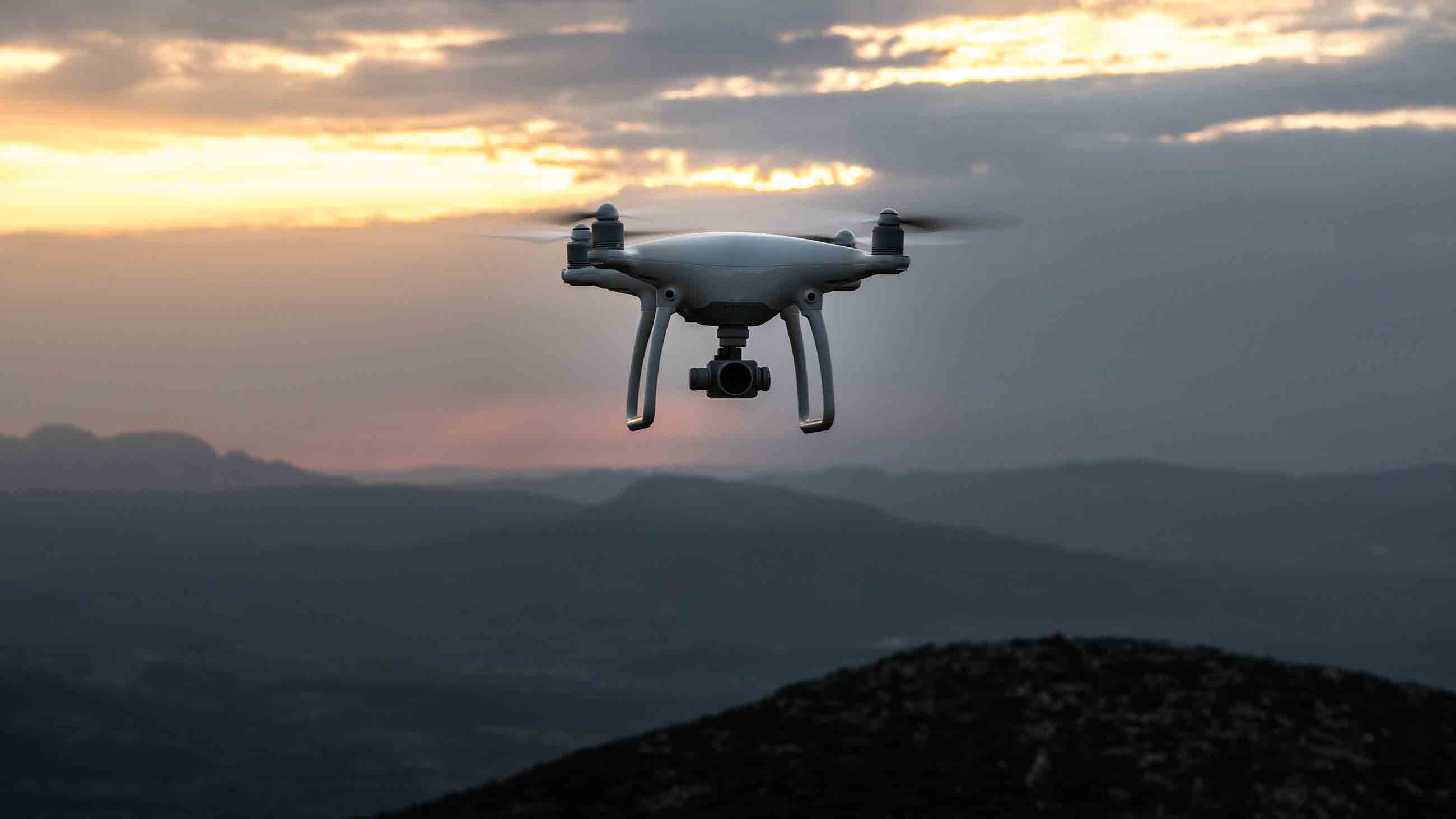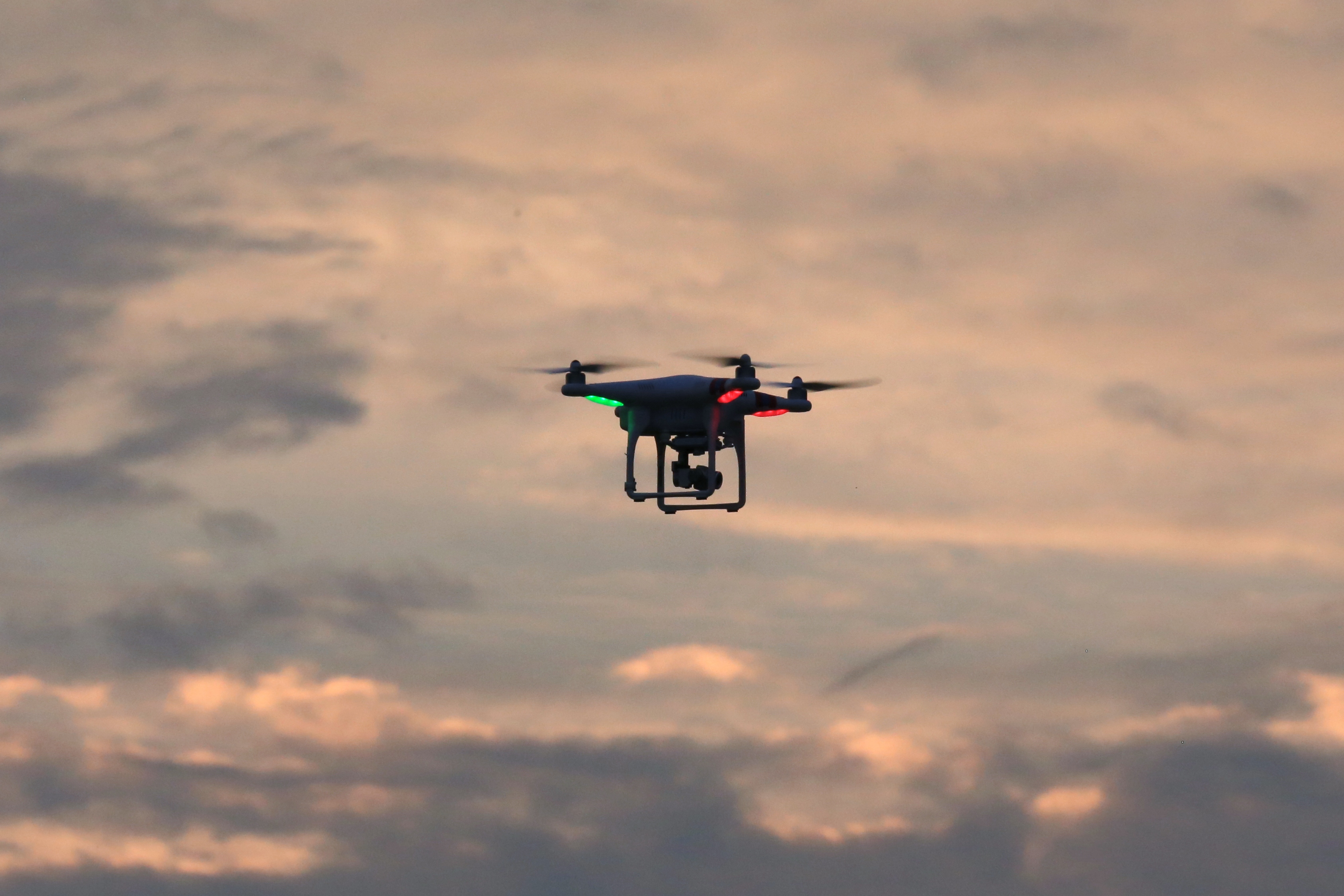Sky elements drones are revolutionizing atmospheric research! Imagine tiny aircraft soaring through the skies, collecting vital data about temperature, humidity, wind speed, and pressure. This technology isn’t just science fiction; it’s actively shaping our understanding of weather patterns, climate change, and air quality. We’ll explore how these drones work, the data they collect, and their incredible potential to improve our world.
From fixed-wing drones ideal for large-scale surveys to nimble multirotor drones perfect for detailed close-ups, the versatility of these aerial platforms is astonishing. We’ll delve into the challenges of deploying drones in harsh weather, the intricacies of data analysis, and the crucial safety and regulatory aspects of operating these powerful tools. We’ll also look at future advancements and how they’ll continue to reshape our ability to monitor and understand our atmosphere.
Sky Elements Drones: A Technological Deep Dive
The integration of drone technology with atmospheric research has revolutionized our ability to collect and analyze sky element data. This exploration delves into the current state of drone technology for atmospheric studies, data acquisition and analysis methods, diverse applications, safety and regulatory considerations, and future technological advancements.
Drone Technology for Atmospheric Research

Current atmospheric research utilizes a range of drones, each suited to specific tasks and environmental conditions. Fixed-wing drones excel in covering large areas efficiently due to their longer flight times and range, making them ideal for large-scale mapping of temperature and wind patterns. Multirotor drones, on the other hand, offer superior maneuverability and hovering capabilities, perfect for detailed observations in confined spaces or challenging terrains, such as measuring localized temperature gradients or collecting samples from specific altitudes.
However, using drones in varied atmospheric conditions presents challenges. High winds can significantly impact drone stability and flight safety, while precipitation can damage sensors and reduce data accuracy. Effective mitigation strategies, including advanced flight controllers and weather-resistant sensor housings, are crucial for successful data collection.
| Sensor Type | Capability | Limitations | Sky Element Measured |
|---|---|---|---|
| Temperature Sensor (Thermistor) | High accuracy, low cost | Susceptible to interference from solar radiation | Temperature |
| Humidity Sensor (Capacitive) | Relatively accurate, compact | Affected by temperature and pressure changes | Humidity |
| Pressure Sensor (Barometric) | Accurate altitude measurement | Sensitive to altitude changes | Pressure, Altitude |
| Anemometer (Ultrasonic) | Measures wind speed and direction | Can be affected by turbulence and obstructions | Wind Speed, Wind Direction |
Drone Flight Mission Planning and Data Management
A well-planned drone flight mission is crucial for efficient and accurate data acquisition. This involves defining clear objectives, selecting appropriate drone and sensor types, obtaining necessary permits, and conducting thorough pre-flight checks. Post-flight, data calibration and validation are vital steps to ensure accuracy. This often involves comparing drone-collected data with data from established ground-based weather stations or satellite data.
Data management involves systematic storage, organization, and processing of the acquired data, often using specialized software.
Integrating drone data with existing weather models requires careful consideration of data formats and spatial resolutions. The integration process may involve techniques like interpolation or data assimilation to combine drone data with larger-scale atmospheric datasets, improving the accuracy and resolution of weather models.
Sky elements drones are becoming increasingly popular for their versatility and stunning visual effects. If you’re looking for an amazing example of what these drones can achieve, check out the incredible light shows at the florida drone show ; it’s a great way to see how far the technology has come. Witnessing these performances helps you appreciate the potential of sky elements drones for future applications.
Applications of Sky Element Drones
Sky element drones find extensive applications across various sectors. Their use extends beyond basic atmospheric monitoring; they are instrumental in enhancing our understanding of complex atmospheric phenomena.
Sky elements drones are becoming increasingly popular for spectacular light shows, but safety is paramount. Check out this article about the orlando drone show accident to see how crucial proper planning and execution are. Understanding the lessons learned from incidents like this helps improve sky elements drone operations and ensures future shows are both breathtaking and safe.
- Air quality monitoring and pollution level assessment.
- Enhanced weather forecasting and improved climate change research.
- Precision agriculture applications, optimizing irrigation and fertilization based on localized atmospheric conditions.
- Construction site monitoring for safety and environmental impact assessment.
- Emergency response, aiding search and rescue operations during natural disasters.
Drone Safety and Regulatory Compliance

Operating drones for atmospheric research necessitates strict adherence to safety protocols and relevant regulations. These protocols cover aspects like pre-flight inspections, emergency procedures, and maintaining safe distances from obstacles and other aircraft. Compliance with national and international regulations governing drone operations in controlled and uncontrolled airspace is crucial. A comprehensive risk assessment should be conducted before each mission, considering factors such as weather conditions, airspace restrictions, and potential hazards.
A visual representation of airspace classifications would depict different zones (e.g., Class A, B, G) with varying restrictions on drone operation. The illustration would clearly show the altitudes and operational limitations associated with each class, highlighting the importance of understanding and adhering to these regulations to ensure safe and legal drone operation.
Technological Advancements and Future Trends, Sky elements drones
The field of sky element drones is continuously evolving, with several technological advancements promising enhanced capabilities. Miniaturization of sensors and drones will lead to reduced costs and increased accessibility, while advancements in artificial intelligence (AI) will enable autonomous operation and sophisticated data analysis.
- Improved sensor technology with enhanced accuracy and sensitivity.
- Development of more robust and weather-resistant drone designs.
- Integration of AI-powered autonomous navigation and data processing capabilities.
- The use of swarm technology for coordinated data collection over larger areas.
Last Word

Sky elements drones represent a significant leap forward in atmospheric science. Their ability to gather precise, real-time data from previously inaccessible locations is transforming our understanding of weather, climate, and air quality. As technology advances and regulations evolve, the applications of these innovative tools will only expand, promising a future where we can monitor and protect our atmosphere with unprecedented accuracy and efficiency.
The insights gained will be invaluable for everything from improving weather forecasting to mitigating the effects of climate change.
FAQ Summary
How long can a sky element drone typically fly on a single charge?
Flight time varies greatly depending on the drone model, payload, and weather conditions. Generally, expect anywhere from 20 minutes to over an hour.
What are the typical costs associated with using sky element drones?
Thinking about getting into drone photography or videography? You’ll want to check out some seriously cool tech. For high-quality, reliable drones, you should definitely look at what Sky Elements offers; their website, sky elements drones , is a great place to start your research. They’ve got a range of models to suit different needs and budgets, so you’re sure to find something perfect for your next project.
Sky Elements drones are a smart choice for any serious aerial enthusiast.
Costs depend on factors like drone purchase/rental, sensor equipment, data processing software, and operator expertise. Expect a wide range, from a few thousand to tens of thousands of dollars per project.
What kind of training is required to operate a sky element drone?
Regulations vary by location, but generally, some level of pilot training and certification is required, especially for commercial operations. Specific training on data acquisition and analysis techniques is also crucial.
Are there limitations on where sky element drones can be flown?
Yes, airspace restrictions, no-fly zones, and safety regulations heavily influence drone flight paths. Permits and approvals may be needed for certain areas and operations.